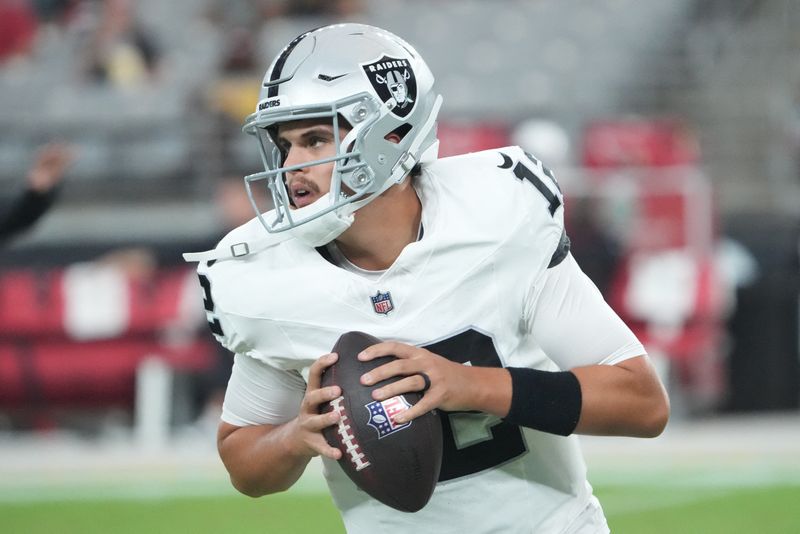What's Happening?
Target has announced a significant investment of an additional $1 billion into its business operations for 2026, focusing on new stores, remodels, and advancements in technology and digital fulfillment
capabilities. This decision comes as the retailer faces a 1.5% drop in third-quarter net sales, amounting to $25.3 billion, and a 2.7% decrease in comparable sales. Merchandise sales saw a decline of 1.9%, with store comps dropping 3.8%, although digital sales showed growth. Despite these challenges, Target's net earnings fell by 19.3% to $689 million, while the gross margin rate remained stable at 28.2%. The company anticipates a low-single-digit sales decline in the fourth quarter. Target's Chief Operating Officer and incoming CEO, Michael Fiddelke, expressed frustration with the company's performance but emphasized the importance of the investment to improve operations and stores.
Why It's Important?
This investment is crucial for Target as it seeks to reverse its declining sales and regain market share. By enhancing store experiences and leveraging technology, Target aims to improve customer engagement and operational efficiency. The use of artificial intelligence to simulate consumer behavior and optimize merchandising strategies is a strategic move to stay competitive in a volatile retail environment. The investment also signals Target's commitment to long-term growth, despite short-term profit setbacks. As competitors strengthen and consumer spending remains unpredictable, Target's focus on technology and customer service could help revitalize its brand image and sustain its market position.
What's Next?
Target plans to implement changes in its product offerings, particularly in the home category, and enhance the store experience to encourage customer discovery. The company will also introduce a beta version of an app on OpenAI's ChatGPT to facilitate multi-item purchases, aiming to improve the shopping experience. As Target rolls out these initiatives, it will need to navigate competitive pressures and consumer spending fluctuations. The success of these investments will depend on their ability to attract and retain customers while adapting to market dynamics.














